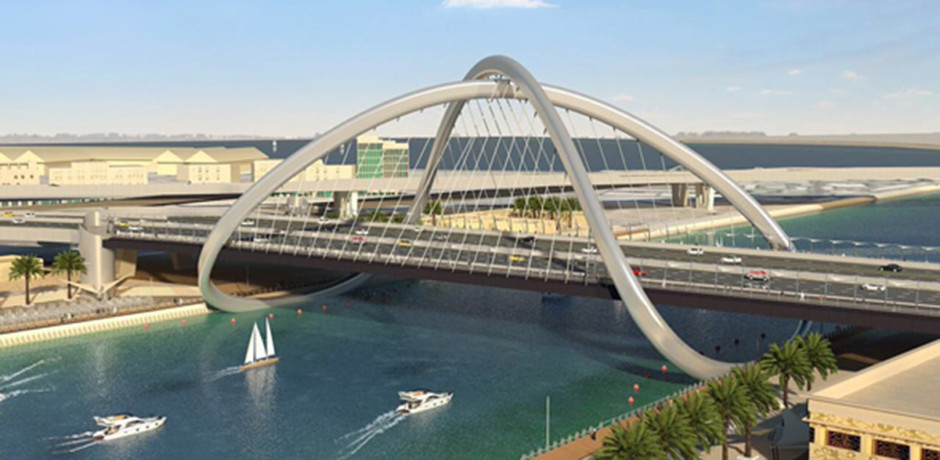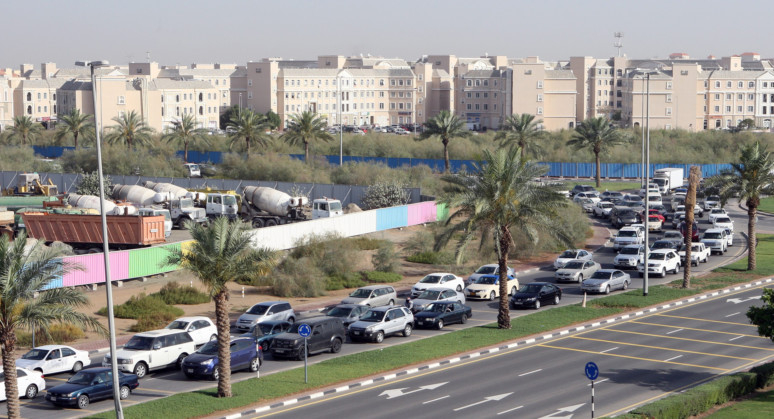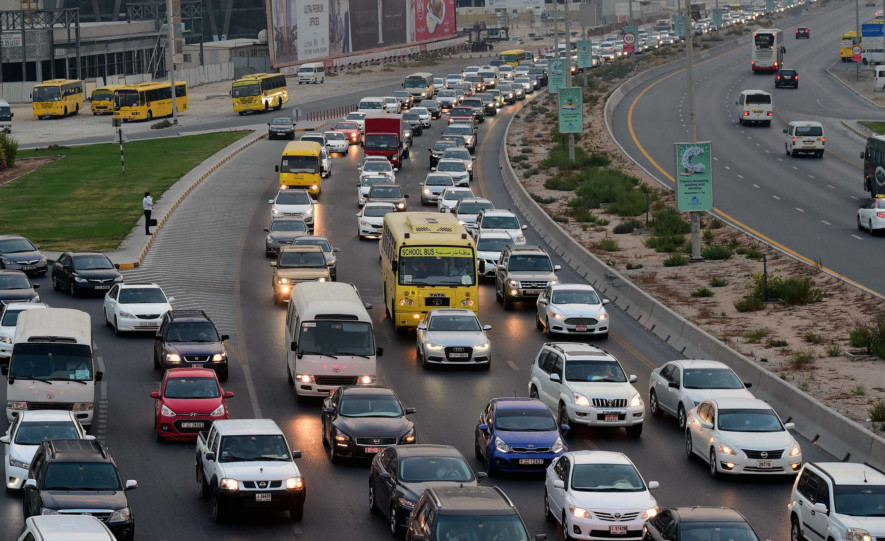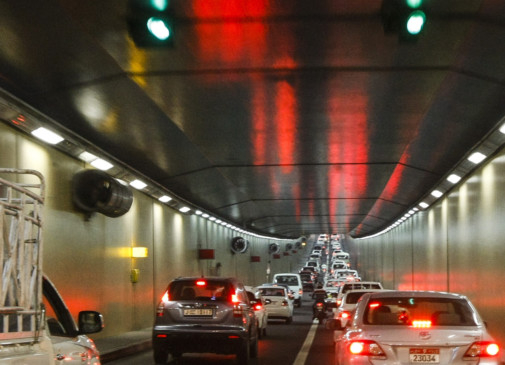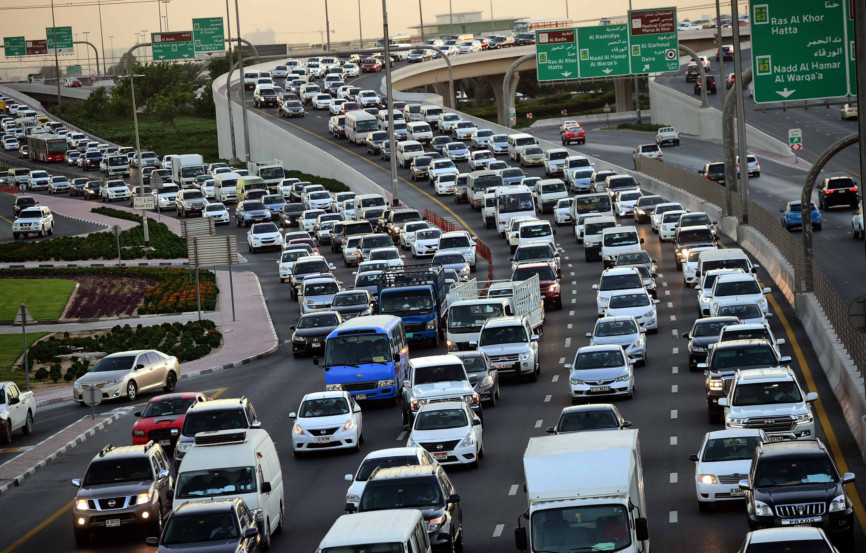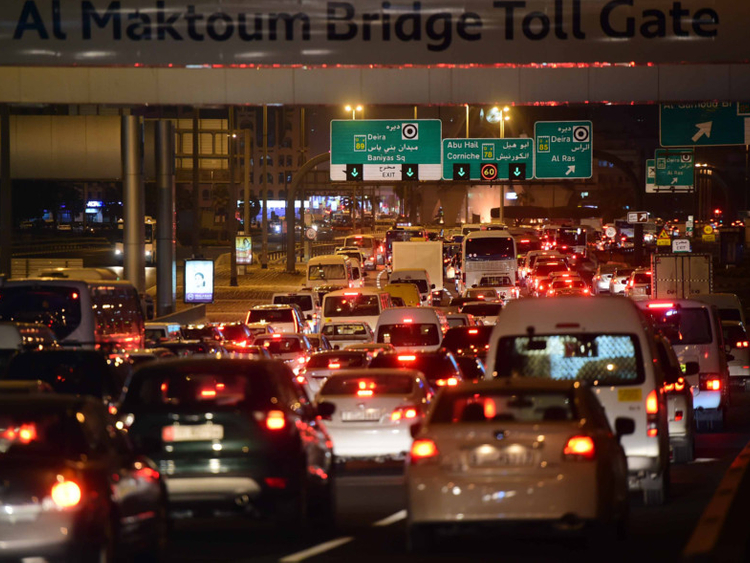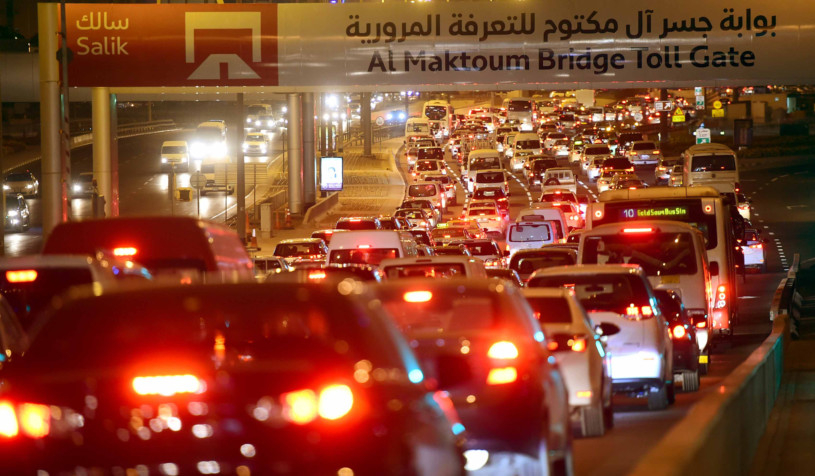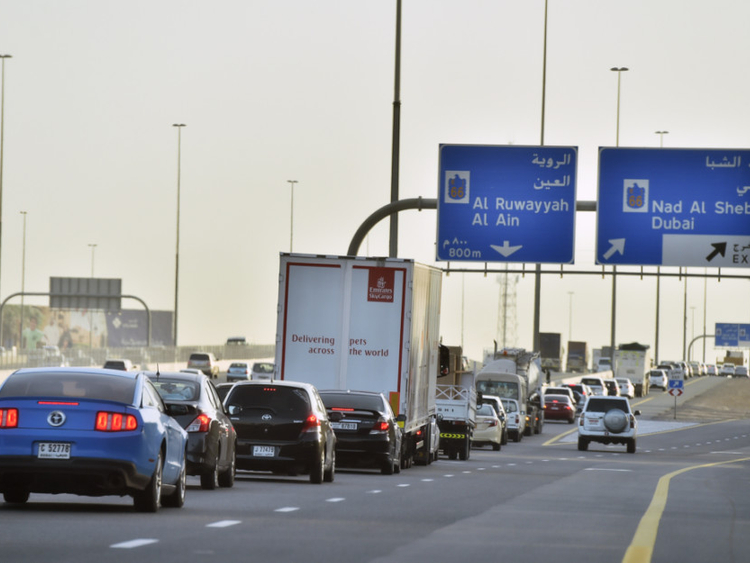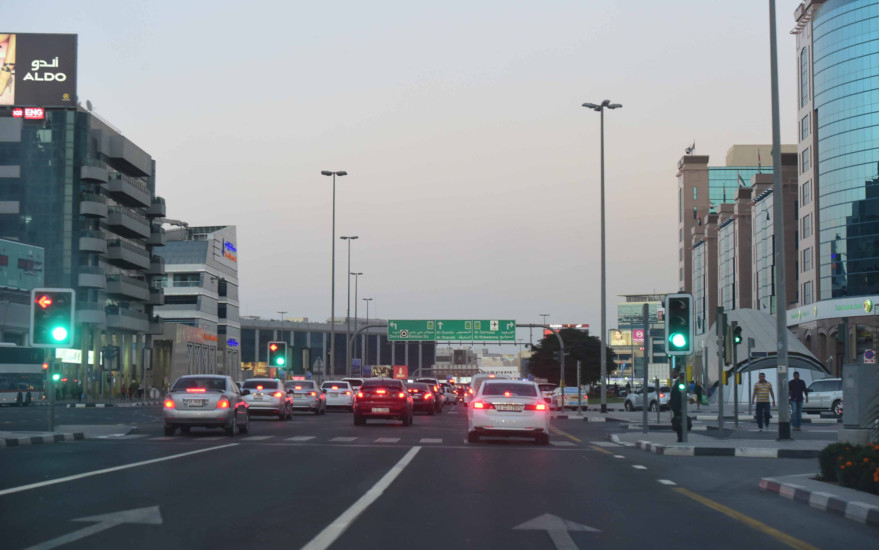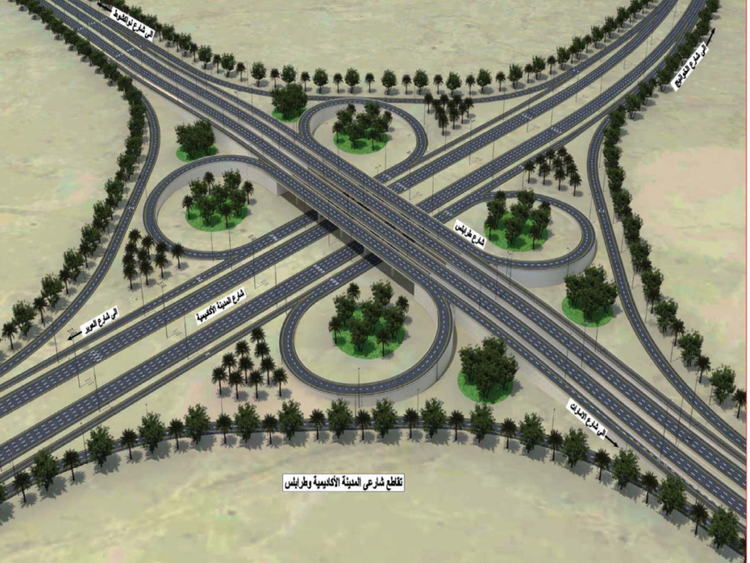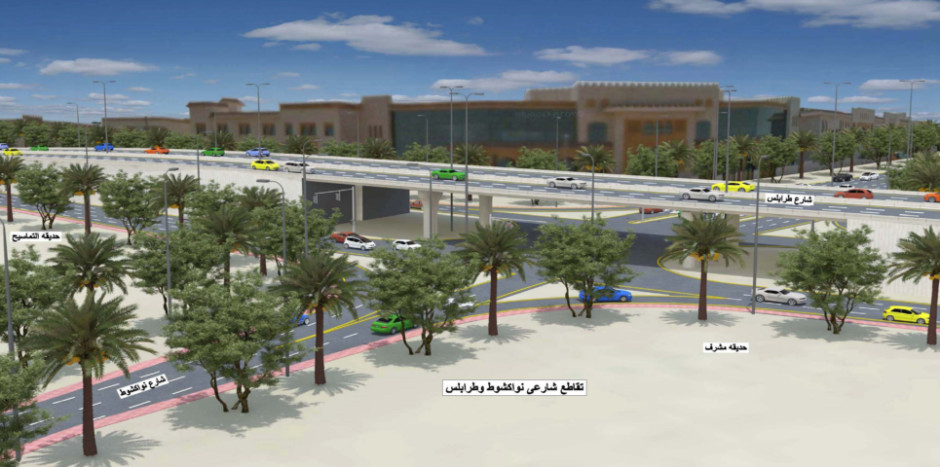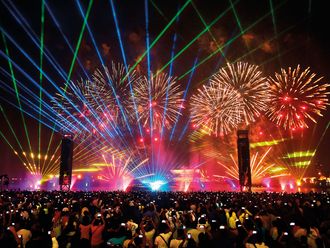
Dubai
The daily commute in a mega city is an urban phenomenon that is an integral part of life for millions around the world, including people in Dubai. But the daily commute, often, has a defining characteristic - traffic congestion. Motorists, stuck in tailbacks on a daily basis, to and from work, or even while commuting for other purposes, have a fervent hope that their plight will change sooner rather than later.
In Dubai, where the authorities, in whom this hope is fully invested, are doing everything to make the traffic situation smooth, there are nevertheless some challenges still to be overcome.
Syed Suhail, a resident of Al Qusais, who commutes for nearly 100km daily, spends about three hours in traffic that at time seems to barely move. “We keep seeing the initiatives [to improve traffic flow] by the authorities and with each new addition of infrastructure, it seems we can hope for less congestion but it has not made any difference to traffic [in some areas]. I know a lot is being done but it just doesn’t seem to be enough,” Suhail said.
Khalid Armar, a resident of Al Baraha in Deira, is perplexed by ever-growing tailbacks and increasing number of locations that get clogged every passing day, week and month. “Where do all these vehicles suddenly appear from and where do they vanish on some days? What I mean is that on weekdays when there is neither any reason for a sudden increase or decrease in traffic, we come across these crests and troughs, more crests than troughs. It just doesn’t make sense,” said Armar, who drives 40km daily to and from work during peak traffic.
Like Suhail and Armar, many motorists are looking for the root cause of the traffic congestions in Dubai.
So, where does the problem lie?
A closer look at Dubai’s traffic growth pattern and the continuous influx in the number of vehicles shows that Dubai has become a victim of its own success.
As Dubai continues to attract foreign workforce every day, meaning more people are entering the city than leaving, more cars hit the roads daily.
A city of around 3 million, Dubai is home to 1.7 million vehicles, up from 700,000 in 2006, a steep increase and a disproportionate level of vehicle density even for a city with some of the world’s best road networks.
The number of vehicles in Dubai has consistently increased over the last decade, giving road planners plenty of objectives to be met on a consistent basis.
And, despite the best efforts the Roads and Transport Authority (RTA), which reflect in the almost doubling of the road network from 8,715 lane-kilometre in 2006 to 13,594 lane-kilometre in 2016, the traffic bottlenecks don’t seem to ease up.
And now, with Dubai gearing up for Expo2020, we can only expect a higher growth in traffic.
What can be the solutions on offer to meet these challenges?
Maitha Bin Adai, CEO of Traffic and Roads Agency at RTA, said, “A general comparison of traffic count over the last couple of years has shown a significant increase in vehicles on roads at a rate higher than maximum growth factor typically used for day to day planning. The situation demands additional measures which RTA is currently undertaking.”
The RTA is currently working on at least five major infrastructure projects that it hopes will make a big difference to the way the city moves.
“We are currently working on several mega road projects like the Airport Road expansion, Umm Al Shief Road Al Quoz link, the Shindagha Corridor, the International City Interchange as well as the proposed connection between Mohammad Bin Zayed Road and and Emirates Road via Tripoli Road. I believe the Airport road and the Tripoli Road projects, in particular, will help divert the traffic to the Emirates road, where a new interchange is being built to remove the bottleneck towards Sharjah, easing congestions on other main arteries,” said Bin Adai.
Once completed, the handling capacity of the upgraded Airport Road will increase by an extra 5,000 vehicles per hour, reducing the journey time on Airport Road between Mohammad Bin Zayed road interchange to Casablanca interchange from 30 minutes to five minutes.
The 12-kilometre link between Mohammad Bin Zayed Road and Emirates via Tripoli road will offer an alternative to thousands of motorists.
The extension, along with the ongoing upgrade of Emirates road-Maliha road interchange, is likely to ease evening traffic from Dubai to Sharjah.
Running parallel to the Dh490 million Airport Road project, which is expected to be ready in the first quarter of 2018, the two corridors being built at a combined cost of Dh1billion, is expected to bring a major difference in traffic movement along all the main arteries leading to northern emirates.
According to RTA, over the past decade, Dubai has spent about Dh90 billion on upgrading the infrastructure and transport network in the emirate, including Dh60 billion on roads.
However, exponential rise in population continues to make all the expenditure seem insufficient.
“We are facing multiple challenges towards achieving our goal of becoming a truly smart city. One of the challenges we face is the phenomenal rise in population in Dubai, which is growing at 7 per cent, which also reflects in the rise of vehicles on roads and the growing traffic,” said Mattar Al Tayer, Chairman of the Board and Director General of RTA.
The expenditure has made a massive difference, he said, without which Dubai’s economy wouldn’t have progressed as it has done over the last decade.
“Through our continuous investments in developing a sprawling public transport network and road infrastructure, we have saved more than the amount we have spent. Dubai’s economy has seen savings of $34 billion (Dh124.7 billion) in the last decade with people spending less time in traffic and more people using public transport,” added Al Tayer.


